StephenZozaya
Not so new Member
In July (the middle of winter here in AU) I joined my friend Kris (Naivepom) for the first half of his trans-Australia roadtrip. We left from Townsville, QLD, heading west to the Northern Territory, south to Uluru, and finally north to the Darwin area. I flew back to Townsville on August 3rd after 20 days on the road. Kris continued on into WA for a further 6 weeks of reptiles, beaches and awesome views.
This post will cover from the beginning of the trip to the Uluru area. Part 2 will have content from the Top End of the Northern Territory. Photos are roughly in chronological order. I'll try and keep narration to a minimum.
The first night of the trip we found this De Vis mud adder (Denisonia devisi) near a drying pool east of Julia Creek, QLD. I imagine it was looking to feed on the Litoria inermis that were hanging around the pool.
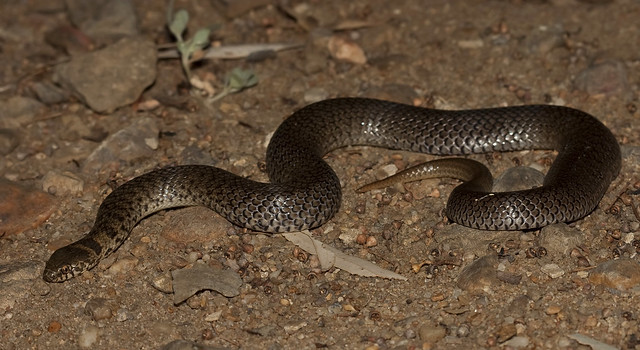
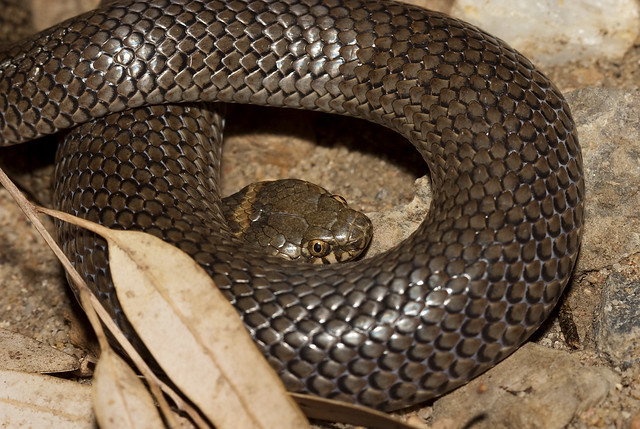
The nearby bridge had lots of Gehyra dubia running about.
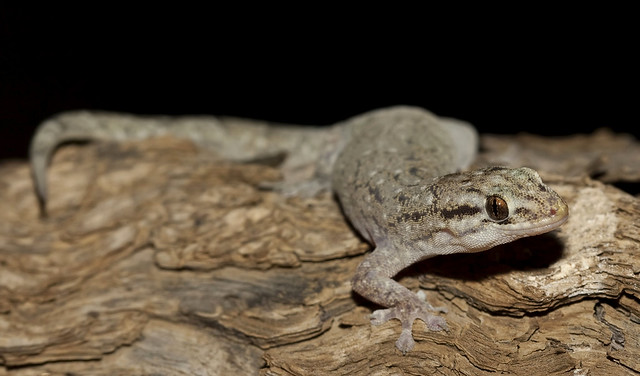
The next day we reached the mining town of Mt. Isa. From here we took a short trip south to the town of Dajarra, hoping that a few herps might be active. We stopped off of the roadside to have a look about in some promising habitat. The first rock I flipped had this little guy under it.
Rusty-topped delma (Delma borea)
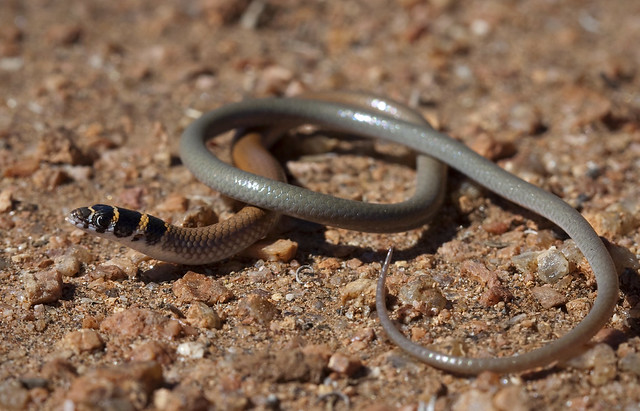
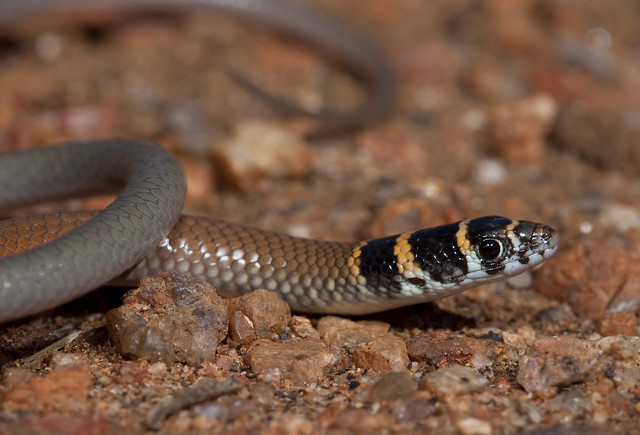
A central bearded dragon (Pogona vitticeps) found on the road to Dajarra.
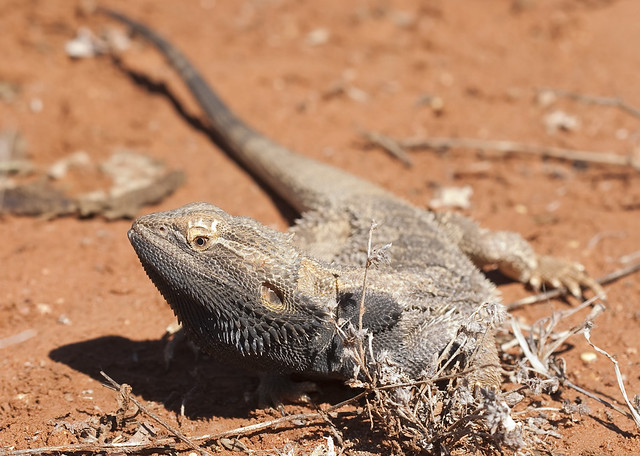
Tree dtella (Gehyra variegata)
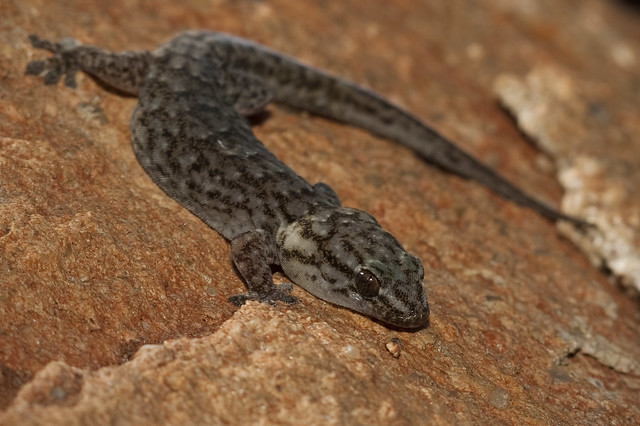
The highlight of the day was to be found at the Dajarra dump.
Ridge-tailed monitor (Varanus acanthurus)
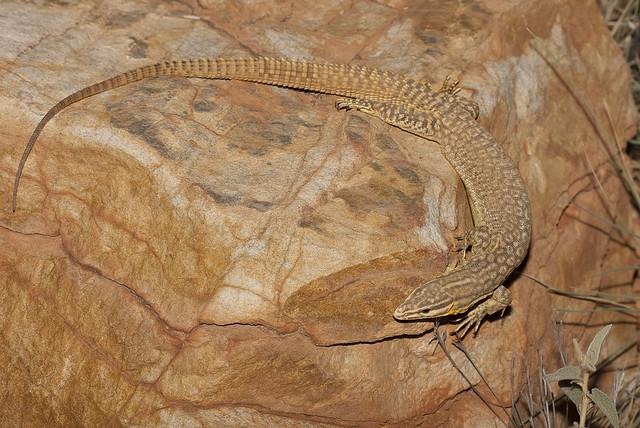
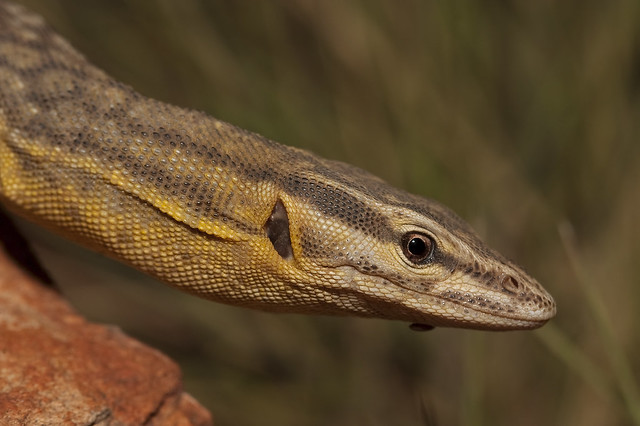
We stayed in Dajarra until nightfall, hoping to find some reptiles on the road back to Mt. Isa. Unfortunately, it was not meant to be and we had an uneventful trip back to the Isa.
The next day we decided to head to Lawn Hill Gorge National Park. Luck was not on our side and we managed to get a flat tire near one of the Riversleigh fossil sites. After a quick hike around to look at fossils we threw on the spare and turned around. We only had one spare and didn't want to risk getting another flat on the gravel road. Not all was lost, though. The waterways in the area were absolutely teaming with Gilbert's dragons (Amphibolurus gilberti). These guys are fast as hell and getting photos of them took us a while.
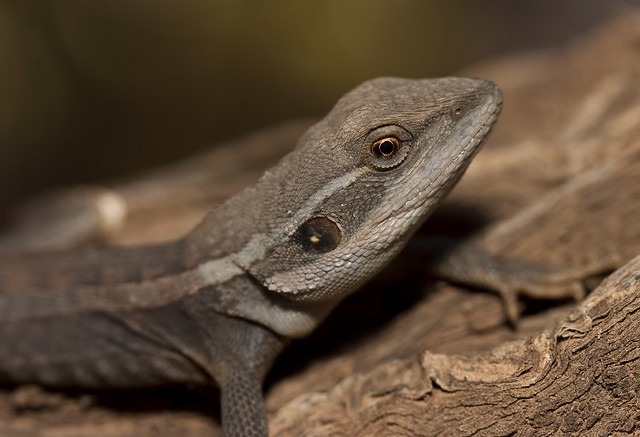

That night we pushed west into the Northern Territory. Kris thought he spotted a few geckos moving off of the road so we stopped and had a wander around the spinifex grass. It didn't take long until I found a northern spiny-tailed gecko (Strophurus ciliaris). We found several more that night and over the next few days.
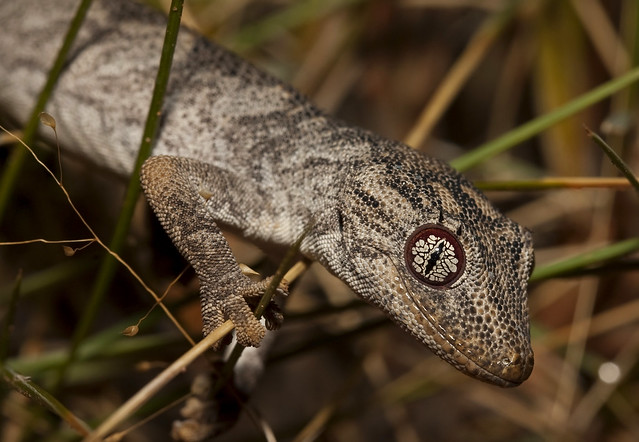
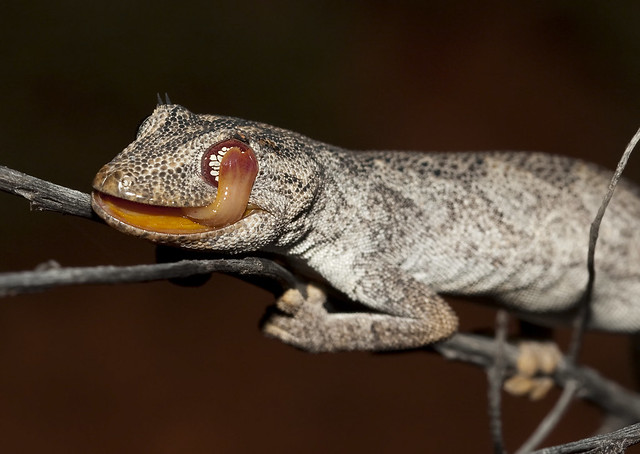

It was pretty cool out during the night, so I was surprised to find this gorgeous little spotted snake (Suta punctata) on the road to Barkly Homestead.
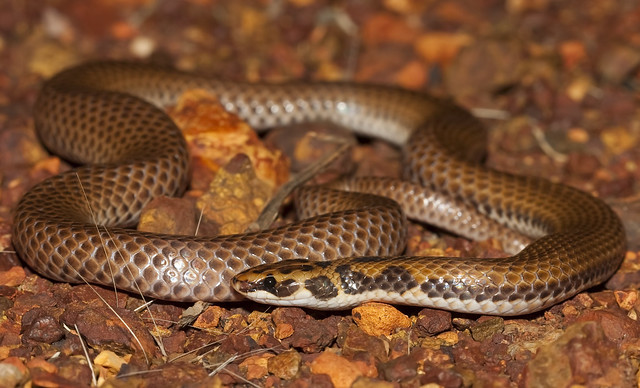
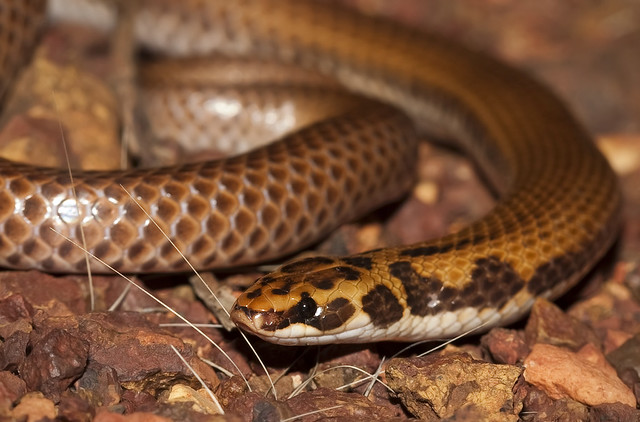
The following day involved getting a new tire in Tennant Creek followed by the drive south to Alice Springs. About an hour south of Tennant Creek is the area known as Devil's Marbles, which is a collection of large orange granite boulders in an otherwise featureless landscape. This place is VERY touristy. Nevertheless, we had so much luck that we stopped by again on the trip back north. These photos are from both of our visits to the site.
Devil's Marbles
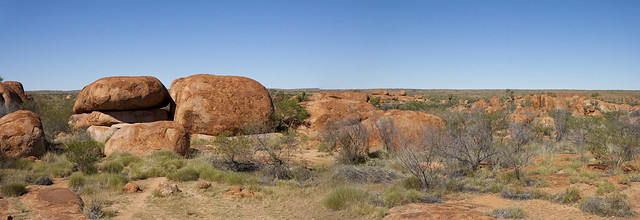
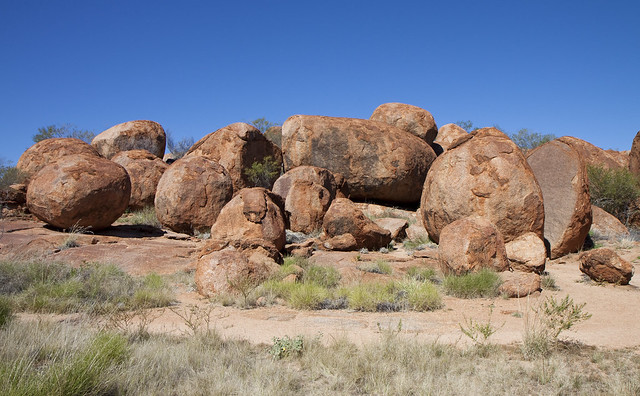
Rock ctenotus (Ctenotus saxatilis)
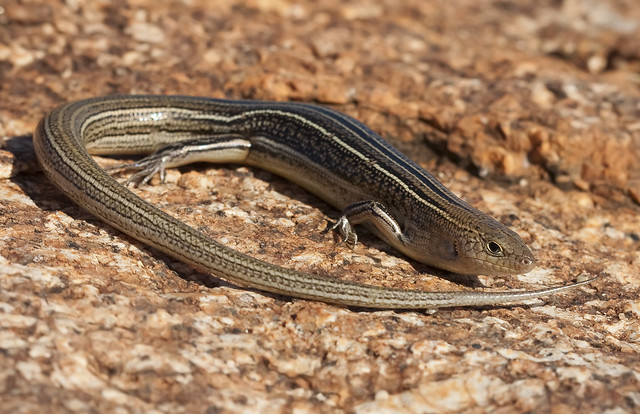
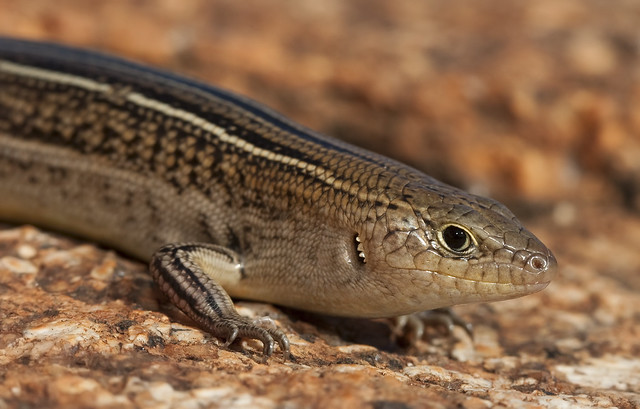
Ridge-tailed monitor (Varanus acanthurus)
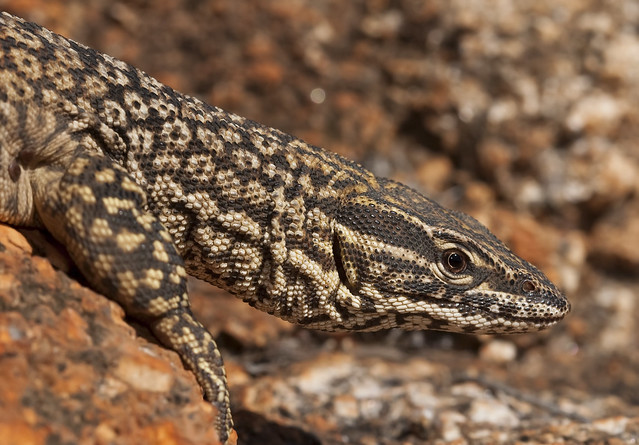
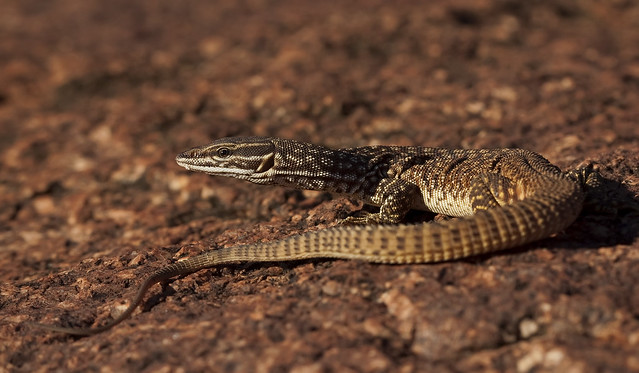
A gravid stimson's python (Antaresia stimsoni) found basking on a boulder.
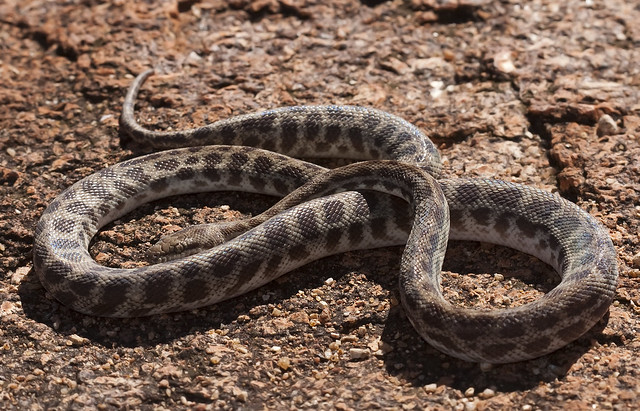
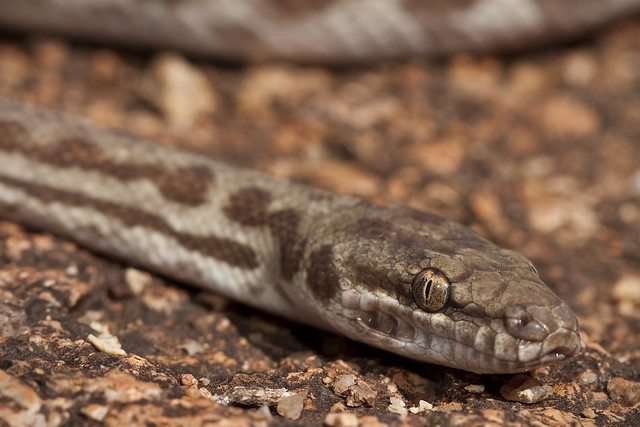
Unbanded delma (Delma butleri).
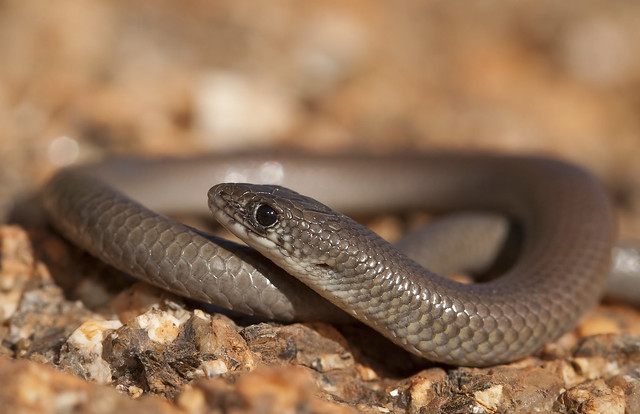
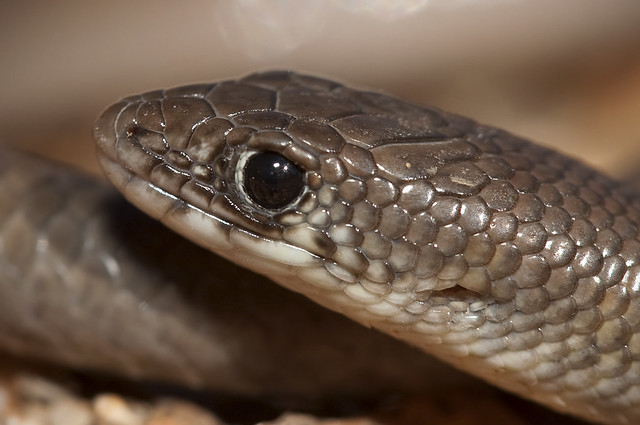
The local tourist-fed dingo.
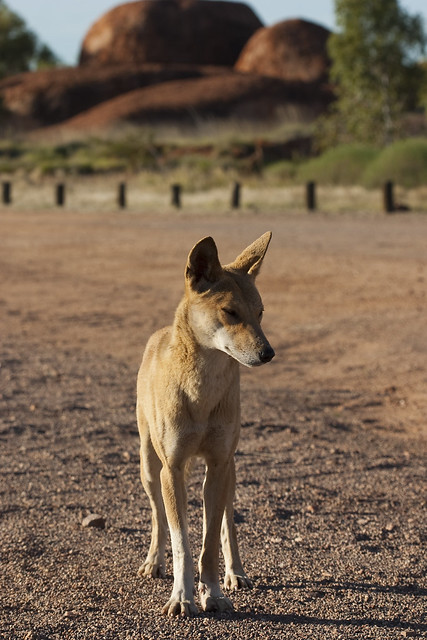
A few hours later we reached Alice Springs. We decided to head to West Macdonnell National Park and take a look at a few of the gorges. We cruised the road at night hoping for anything but found only a roadkilled bearded dragon. Flipping rocks yielded Heteronotia binoei and Gehyra variegata (neither of which I photographed). It was very getting very cold at night (min of 3C if I remember) and the only new herp I saw in all of the southern Northern Territory was a lone centralian dtella (Gehyra montium). I think the Australian Gehyra are highly underrated.
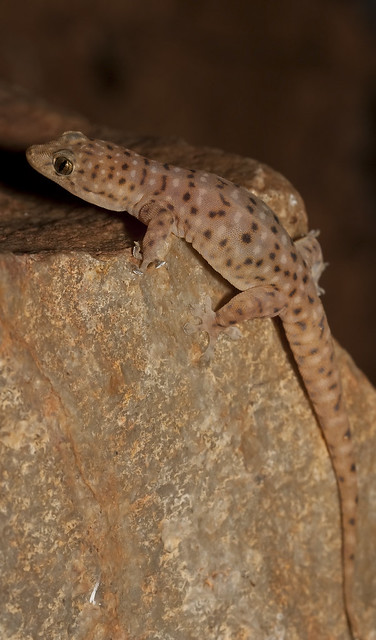
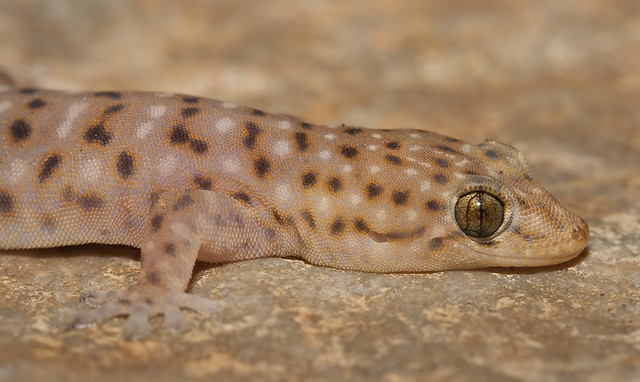
The next day we drove to Uluru-Kata Tjuta National Park, where I took obligatory photos of the world's most famous rock as well as chase around a few camels.
Mt. Conner

Dromedary camels
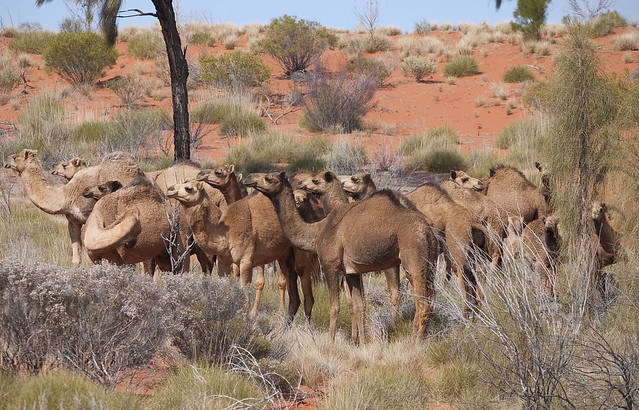
Kata Tjuta, the Olgas.
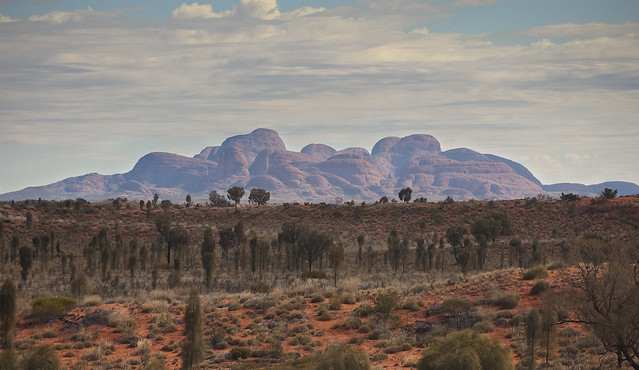
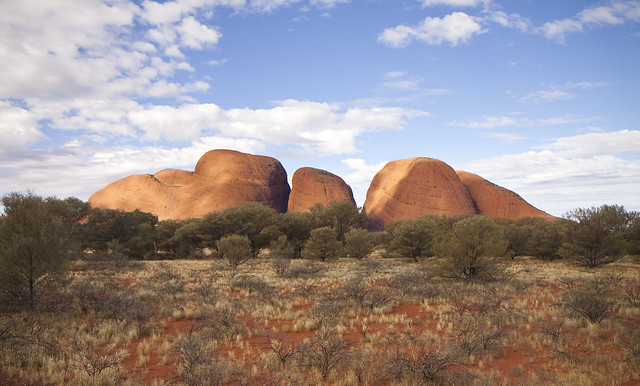
I thought it was going to be highly overrated, but Uluru (Ayers Rock) really is pretty neat.
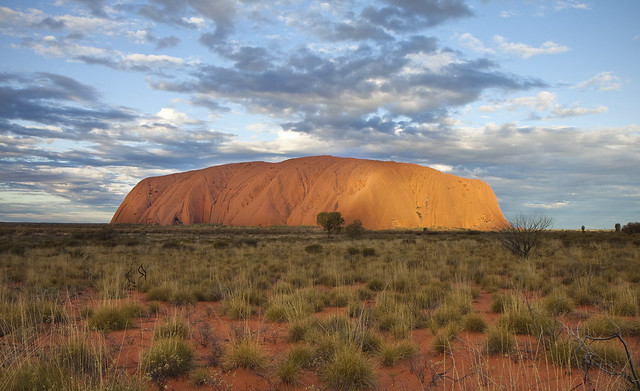
Thats all for this post. Check back for Part 2, which will include lots of stuff from the Katherine, Darwin and Kakadu NP areas.

This post will cover from the beginning of the trip to the Uluru area. Part 2 will have content from the Top End of the Northern Territory. Photos are roughly in chronological order. I'll try and keep narration to a minimum.
The first night of the trip we found this De Vis mud adder (Denisonia devisi) near a drying pool east of Julia Creek, QLD. I imagine it was looking to feed on the Litoria inermis that were hanging around the pool.


The nearby bridge had lots of Gehyra dubia running about.

The next day we reached the mining town of Mt. Isa. From here we took a short trip south to the town of Dajarra, hoping that a few herps might be active. We stopped off of the roadside to have a look about in some promising habitat. The first rock I flipped had this little guy under it.
Rusty-topped delma (Delma borea)


A central bearded dragon (Pogona vitticeps) found on the road to Dajarra.

Tree dtella (Gehyra variegata)

The highlight of the day was to be found at the Dajarra dump.
Ridge-tailed monitor (Varanus acanthurus)


We stayed in Dajarra until nightfall, hoping to find some reptiles on the road back to Mt. Isa. Unfortunately, it was not meant to be and we had an uneventful trip back to the Isa.
The next day we decided to head to Lawn Hill Gorge National Park. Luck was not on our side and we managed to get a flat tire near one of the Riversleigh fossil sites. After a quick hike around to look at fossils we threw on the spare and turned around. We only had one spare and didn't want to risk getting another flat on the gravel road. Not all was lost, though. The waterways in the area were absolutely teaming with Gilbert's dragons (Amphibolurus gilberti). These guys are fast as hell and getting photos of them took us a while.


That night we pushed west into the Northern Territory. Kris thought he spotted a few geckos moving off of the road so we stopped and had a wander around the spinifex grass. It didn't take long until I found a northern spiny-tailed gecko (Strophurus ciliaris). We found several more that night and over the next few days.



It was pretty cool out during the night, so I was surprised to find this gorgeous little spotted snake (Suta punctata) on the road to Barkly Homestead.


The following day involved getting a new tire in Tennant Creek followed by the drive south to Alice Springs. About an hour south of Tennant Creek is the area known as Devil's Marbles, which is a collection of large orange granite boulders in an otherwise featureless landscape. This place is VERY touristy. Nevertheless, we had so much luck that we stopped by again on the trip back north. These photos are from both of our visits to the site.
Devil's Marbles


Rock ctenotus (Ctenotus saxatilis)


Ridge-tailed monitor (Varanus acanthurus)


A gravid stimson's python (Antaresia stimsoni) found basking on a boulder.


Unbanded delma (Delma butleri).


The local tourist-fed dingo.

A few hours later we reached Alice Springs. We decided to head to West Macdonnell National Park and take a look at a few of the gorges. We cruised the road at night hoping for anything but found only a roadkilled bearded dragon. Flipping rocks yielded Heteronotia binoei and Gehyra variegata (neither of which I photographed). It was very getting very cold at night (min of 3C if I remember) and the only new herp I saw in all of the southern Northern Territory was a lone centralian dtella (Gehyra montium). I think the Australian Gehyra are highly underrated.


The next day we drove to Uluru-Kata Tjuta National Park, where I took obligatory photos of the world's most famous rock as well as chase around a few camels.
Mt. Conner

Dromedary camels

Kata Tjuta, the Olgas.


I thought it was going to be highly overrated, but Uluru (Ayers Rock) really is pretty neat.

Thats all for this post. Check back for Part 2, which will include lots of stuff from the Katherine, Darwin and Kakadu NP areas.




